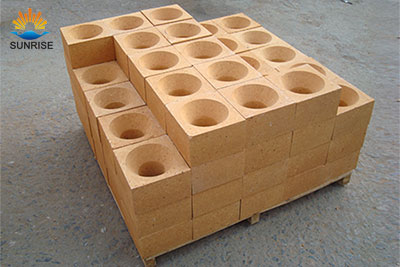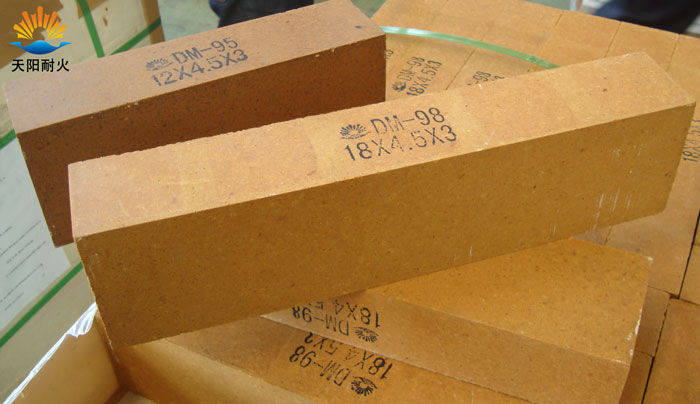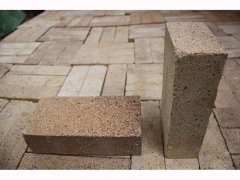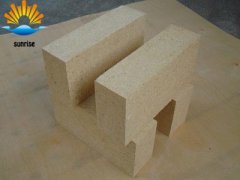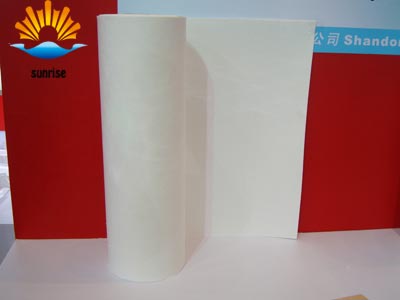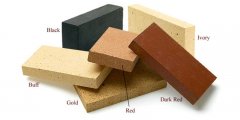Products List
-
big fireclay bottom blocks
Description: Using big vibrating table and adopting special castables, the company produces furnace l...
-
fire clay bricks
Description Fireclay bricks are the most widely used refractories made from clay minerals. It can be ...
Refractory Knowledge
-
Thermal Shock Resistant Fireproof Heat Insulating Brick
Ceramic roller kiln is a new type of energy-saving kiln widely used in recent years with thousands of...
-
Introduction to the performance of clay bricks
Introduction to the performance of clay bricks...
-
The firing temperature of the high alumina brick depends on t
The firing temperature of the high alumina brick depends on the sintering properties of the alumina r...
-
The High Temperature Operation and Maintenance Guideline of C
Ceramic fiber products have good high temperature resistance, fire resistance, resistance to oil, aci...
News Center
-
A Brief Analysis of Boiler Masonry and Its Function
Generally, small boilers are installed quickly and do not need to be built on site. For power plant b...
-
Factory Directly Supply With Popular Refractory Bricks in Ch
The use of kilns is inseparable from refractory bricks, but if the details of refractory bricks are n...
Properties and performance indicators of clay bricks
The properties of clay products fluctuate in a large range, which is due to the large range of fluctuations in the chemical composition of the products (AI203 content ranges from 30 to 46%) and differences in production processes.
The fire resistance of clay products fluctuates from 1580 to 1770C. It mainly depends on the chemical composition of the product, which increases with the increase of the AI203 / Si02 ratio. The increase in flux impurities, especially alkali metal oxides, will significantly reduce the fire resistance of the product. The softening temperature of the load mainly depends on its chemical mineral composition and density, but the latter does not affect the end temperature of the softening of the load, but increases the starting deformation temperature. The lower bulk density of bricks will also lower the temperature at which the load begins to soften.
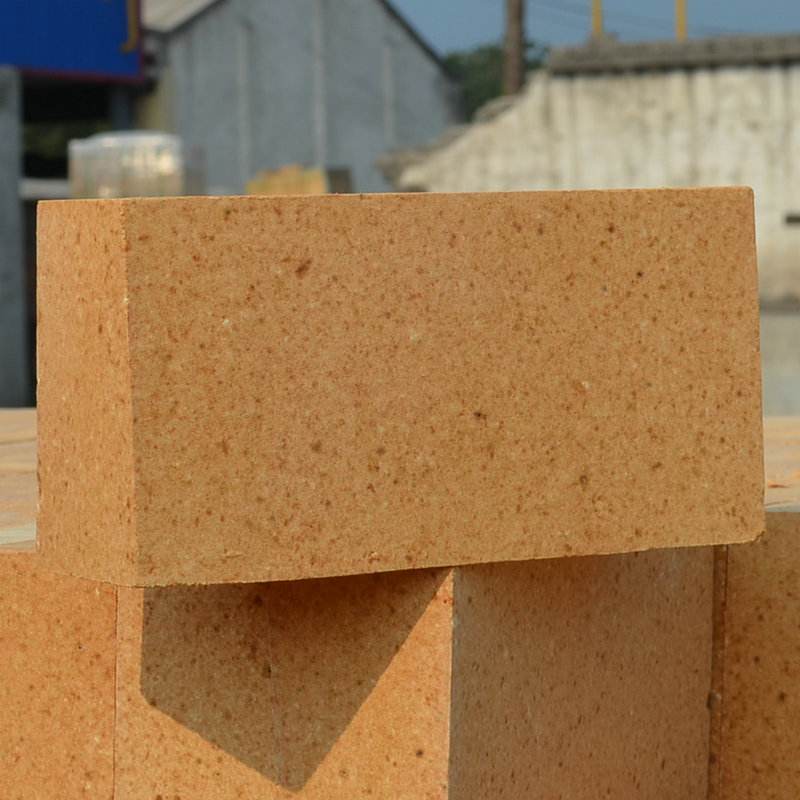
Increase the Al203 content in the product, especially increase the AI203 content of the matrix; increase the firing temperature and the use of multiple clinker ingredients; increase the bulk density of the shaped brick.
Clay bricks have good thermal shock resistance and a large fluctuation range, which are generally greater than 10 times (1100C water-cooled).
It is related to the linear expansion coefficient value of the clay products is not too large (the average linear expansion coefficient between 20 and 1300C is 4.5X10-6-5.8X 10-6 / C), and there is no phenomenon of polycrystalline brick deformation and obvious grain structure. .
Clay products are weakly acidic refractory products, and their acidity increases with increasing sio2 content. It has a certain resistance to acidic erosion, but has a poor resistance to alkaline erosion. Therefore, clay products are suitable for acid furnace kiln refractories. Large-scale clay refractory bricks for glass kiln are clay refractory bricks with a unit weight of not less than 50 kg for glass kiln.
If you have any needs our help or are interested in our products, you can click online advisorychat with us online, or call our customer service telephone: 0086-0371-63838939. We will sincerely serve for you!



